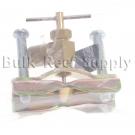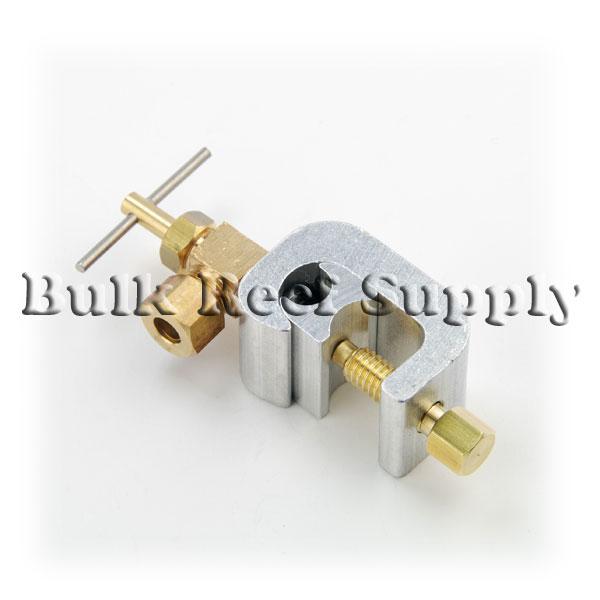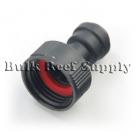doriespelling
New Member
Could someone explain to me simply how a RODI works? I've read and read online and am overwhelmed.
Background:
I have a 72 gallon bowfront reef tank that has become overun with green algae. I do run a protein skimmer and a Rena Filstar xP canister filter and have two Hydor Koralia powerheads. I have (can't remember the name of the lighting system), but it's actinic, daylight and moonlights - set on timers, I think running daylight: 4 hrs/day, actinic: 6 hrs/day, and the moonlights: 5 hrs/day.
Silly me - I have been just filling up the tank (evaporated water) with tap water; I live in a community - I filter MY drinking water, but never gave it a thought (until I read up on this) that the water.
I live in a one-story house, no basement, teeny/tiny area for my hot water heater, like it's in a area built JUST for that and that alone. I've read about RO/DI units being used with a garden hose (except in winter, then what?). Are there hookups for the faucet or the garden hose as I do not want to permanently tap into my plumbing? And how does it work? You filter water into a reservoir? Then do a water change or what?
Will my filtered tap water be okay to use or is a RO/DI a must?
Thanks for any advice.
Background:
I have a 72 gallon bowfront reef tank that has become overun with green algae. I do run a protein skimmer and a Rena Filstar xP canister filter and have two Hydor Koralia powerheads. I have (can't remember the name of the lighting system), but it's actinic, daylight and moonlights - set on timers, I think running daylight: 4 hrs/day, actinic: 6 hrs/day, and the moonlights: 5 hrs/day.
Silly me - I have been just filling up the tank (evaporated water) with tap water; I live in a community - I filter MY drinking water, but never gave it a thought (until I read up on this) that the water.
I live in a one-story house, no basement, teeny/tiny area for my hot water heater, like it's in a area built JUST for that and that alone. I've read about RO/DI units being used with a garden hose (except in winter, then what?). Are there hookups for the faucet or the garden hose as I do not want to permanently tap into my plumbing? And how does it work? You filter water into a reservoir? Then do a water change or what?
Will my filtered tap water be okay to use or is a RO/DI a must?
Thanks for any advice.





